
Lice in cats are quite common parasites, but even especially attentive owners do not always notice these insects in time because of their small size, inactivity and generally secretive lifestyle. Very often, cat lice infect an animal when fleas are already parasitizing on it, and therefore it is fleas, which are clearly visible, very mobile and constantly jumping, create a kind of disguise for lice. The presence of itching in a cat, dermatitis on the skin and other problems are also often attributed to fleas.
It is not surprising that many owners do not even know if cats have lice, and when they meet these parasites in a pet, they doubt for a long time whether it really is lice.

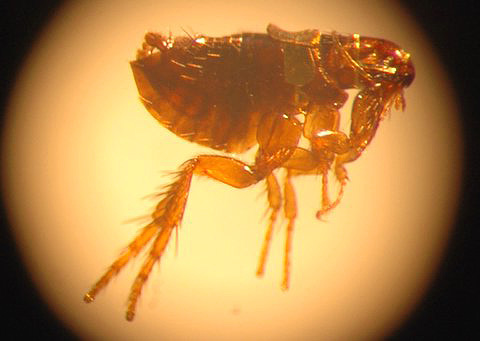
Meanwhile, the presence of lice in a cat can be very dangerous for a pet. With a serious infection, the animal constantly experiences unbearable itching, itches and scratches the skin in places of the most intense irritation. If you do not take action in time, lice can lead to hair loss in a cat, baldness and the development of dermatitis in her.
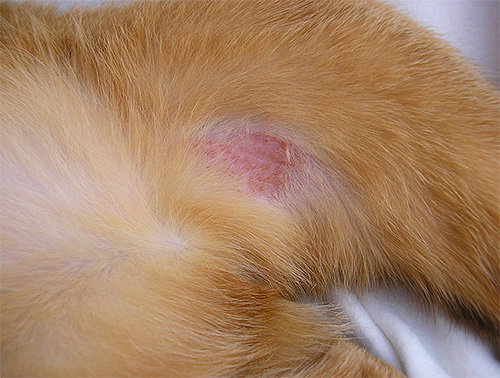
Moreover, lice carry helminth eggs, as a result of which, in an infected animal, helminthiases and general exhaustion join the skin lesions. Therefore, a truly caring owner must know the “enemy” in person, and also be able to remove lice from a cat if it is infected with them.
We will talk further about what these parasites look like and what to do if your beloved pet has picked them up.
Cat lice: details about the parasite
Felicola subrostratus, a parasite that feeds on the upper, flaky layers of skin and hair, is called cat lice. Only very rarely does a cat louse feed on blood on random wounds and scratches. Biting a cat and drinking its blood the way a head louse does on a person is not capable of biting. However, with their strong jaws, lice in cats and cats constantly gnaw off pieces of skin from the animal and cause severe itching.
Photo of a cat wither:
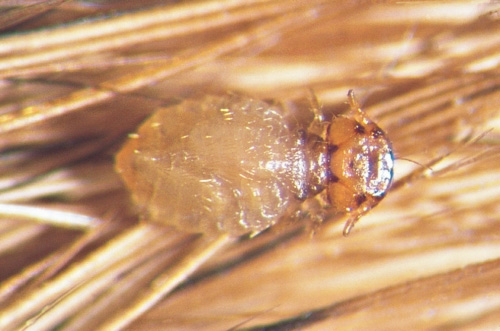
So, cats have lice, which would be more correct to call withers, and typical blood-sucking lice (head, pubic and linen) do not parasitize cats.

Lice in cats look like very small, elongated, but rather dense insects with a large triangular head. The photo shows a lice under a microscope - it has a clearly visible deep recess on the front of the head, which is ideal for grabbing a hair and biting it off:
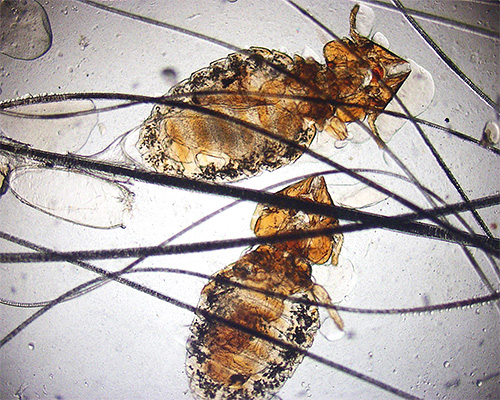
In the following photo - cat lice directly on the animal's fur:

Lice and fleas in cats are easily distinguished from each other by body color - lice are light yellow, almost white, and fleas are dark brown, almost black. In addition, lice are inactive and cannot jump.
Photo of a cat flea:
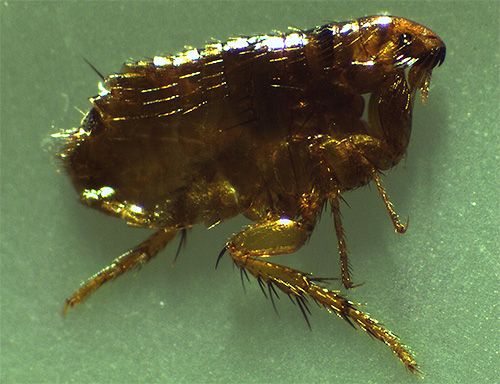
The lifestyle of cat lice is quite similar to that of human lice. Insects spend most of their time attaching their paws to the hair at their base, and for feeding they go down to the skin of the animal and bite it, biting off pieces of the epidermis.
And further: Killer remedy for lice and nits for 40 rubles - hellebore water (the article has more than 60 comments)
Female lice lay eggs covered with a thick mucous membrane, crawling along the hair. Immediately after exiting the oviduct, this mucous secret envelops the hair and quickly hardens - this is how nits are formed, from which a young louse will hatch in a few days, differing from adults only in size. Nits in cats are more common than lice and are a good diagnostic feature of these parasites.
In the photo - nits in a cat:
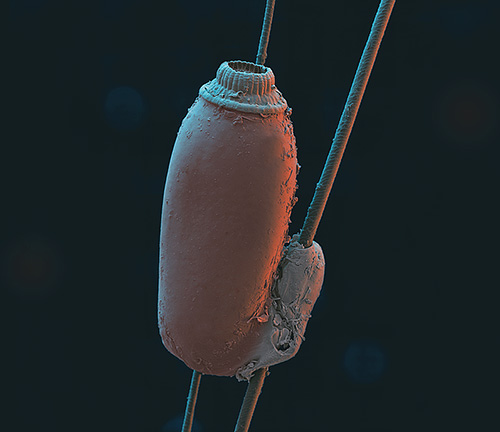
In the largest quantities, lice in a cat accumulate on the head, neck and near the base of the tail.
On a note
All types of lice are very specific to their hosts. This means that cat lice cannot parasitize humans, and human lice in cats with fur will die within a few days. Therefore, a person cannot become infected with lice from a cat, and vice versa - a cat is not threatened with infection with lice from a person with pediculosis. Also, lice in cattle are not dangerous for cats.
Lice infect any cat except hairless breeds. At the same time, they are most often found in street cats, as well as pets with very long and thick hair.
Symptoms of an animal infestation with lice
The complex of symptoms that appear in an animal after infestation with lice is called trichodectosis, and in veterinary medicine it is considered a separate parasitic disease.
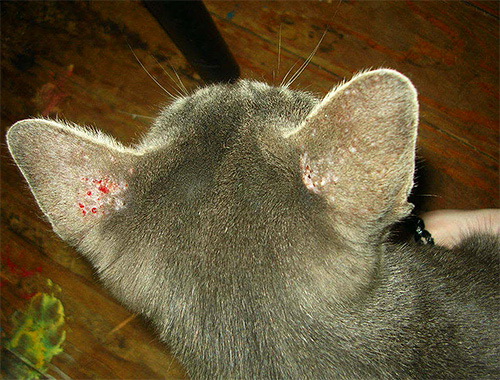
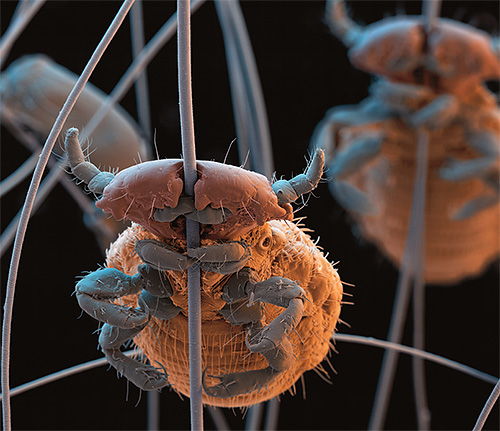
The following are typical symptoms of an animal having lice:
- the cat has a constant severe itching, the animal itches, does not find a place for itself.
- Fur begins to shed profusely from the animal. Especially a lot of it appears on the litter and where the cat spends a lot of time during the day.
- A large amount of lice excrement appears in the pet's coat - small black dots, which are especially striking on light wool, if you separate the hair with your fingers.
- In some parts of the body of the animal, signs of dermatitis appear - crusts on the skin, cracks, redness.
But the main diagnostic sign by which you can say for sure whether a cat has lice is the insects themselves. If an infection is suspected, it usually takes a few minutes to find parasites in particularly itchy areas of the pet's body.
In the photo - lice in a cat with a serious infection. A large amount of excrement on the skin of an animal catches the eye:
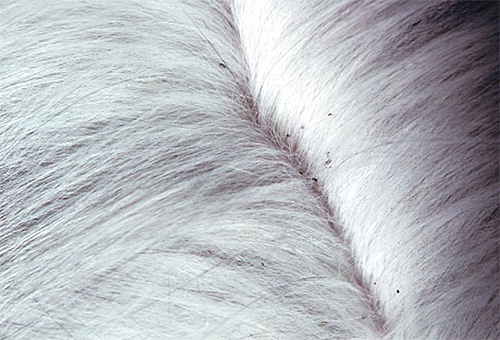
As a rule, it rarely comes to a serious infestation of adult cats and cats with lice, and the parasites die when the fleas or ticks are removed. But in advanced cases, especially in animals suffering from other infectious diseases, lice multiply in large numbers and can lead to complete baldness of the cat.
The photo below shows a few examples of the consequences of abundant reproduction of lice in cats:

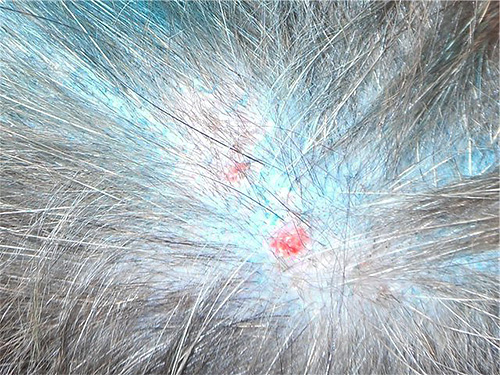
Rules and remedies for removing lice in cats
To remove lice from a cat, you can use the same drugs that are used to remove fleas:
- drops on the withers of Hartz, Frontline, Bayer, Bars - they are rubbed into the skin of the animal at the base of the skull or in several places along the spine, after which the already existing parasites on the animal die, and new ones do not attack for at least several weeks.Special lice drops for cats are not available, but flea drops do the job perfectly.

- Blochnet, Hartz, Frontline and other insecticidal sprays - they process the animal's hair all over the body and do not wash it from several hours to several days.

- Flea shampoos Lugovoi, Phytoelita, Rolf Club, with which the cat bathes in the same way as with simple hair care products.

And further: It's time to finally get those annoying nits out of your hair (the article has over 100 comments)
Given the resistance of nits to most insecticides, the treatment of the animal against lice usually has to be repeated 10-14 days after the first hatch (during this time, young lice larvae are hatched).
Also, flea collars can be used to remove lice, if they do not cause an allergic reaction in the animal. Collars are very convenient because they do not require additional special treatments of the animal with insecticidal preparations and at the same time destroy lice and protect against re-infection. Collars Kiltix, Hartz, Barsik are very effective.
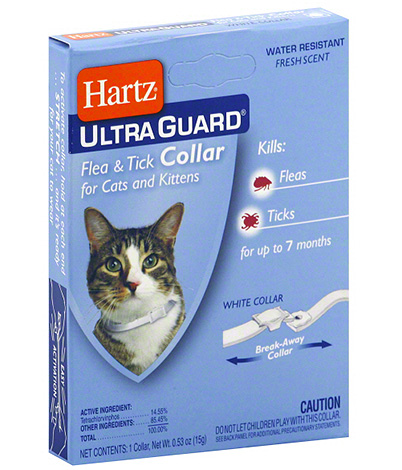
In veterinary clinics, 0.1-0.2% solutions of Stomazan or Butox are usually used for lice. At home, it is better not to use them.
After successfully removing lice from a cat, it is also necessary to pickle the worms.
Safety when removing parasites: what you need to know?
When removing lice in cats, you should always carefully study the instructions for the drug that you plan to use, and get acquainted with all contraindications and side effects. So, preparations based on the insecticide permethrin are quite dangerous for cats and can cause intoxication of the animal, increased salivation.

But even with the absolutely correct use of this or that remedy, with the individual sensitivity of the animal, various side effects may appear:
- muscle tremor
- lethargy
- Nervous excitement
- Skin allergy.
Usually, such reactions pass quickly enough, but when they appear, the use of the remedy should be stopped, and if the effect increases, show the pet to the veterinarian.
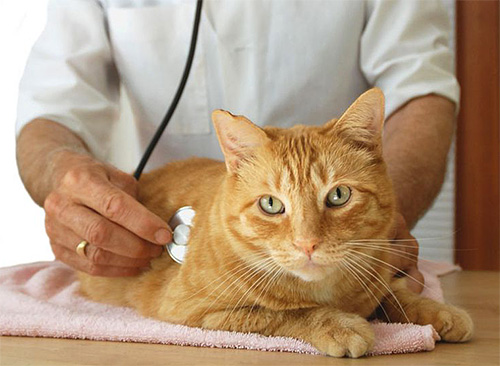
In the future, you need to make sure that the cat does not come into contact with homeless or sick animals, and when going outside, either has a lice collar or has been treated with flea drops on the withers. Such precautions will reliably protect the animal from infection with lice and save the owner from the unpleasant hassle of removing parasites.
What is important to know about lice in order to be able to quickly get rid of them

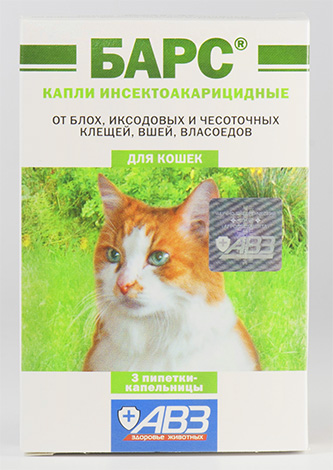
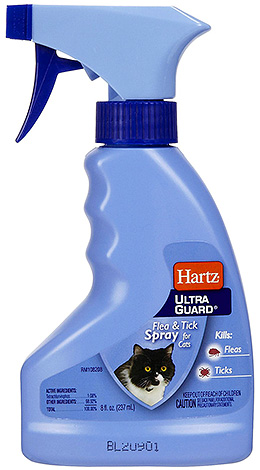
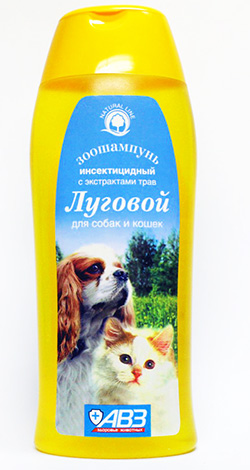
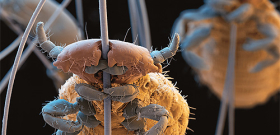
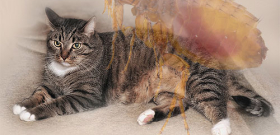
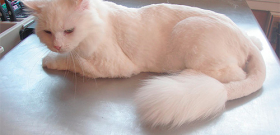
I have always believed that dogs and cats do not have lice, but fleas.We give our dog a flea and tick spray once a month and everything seems to be fine.
I recently noticed that my cat has lice. I looked, and my mother said - we need to throw the cat away. And I love the cat and appreciate it, help the cat return ((
Throw out a cat because of parasites? What kind of nonsense? You are responsible for the cat that you tamed, so please treat and take care of it!
And if you suddenly get lice, then your mother will throw you out like a cat?
What nonsense, they took responsibility, which means that you should treat her, you are responsible for her.
What kind of cruelty? Throw it out if animals have lice ... Will you also throw your children out into the street if they get sick ?! You can't have anyone at all, no animals, no families!
Buy your cat drops on the withers, for example BARS, and the parasites will disappear. And for the offer to throw away the cat, it’s better to throw your mother away 🙂
Hello, help me... My grandmother in the village picked up a cat, and there are also these nits on her hair along the entire length! What to do? They launched very much, can they still be withdrawn? ((
I have almost the same situation (I came to my dad in the village and found lice in the cat along the entire length of the hair). He won't let him go home because his hair is pulled out due to severe itching. And these lice ((He says that he will throw him out. Is it possible to get rid of them at home? And as quickly as possible, I love this cat very much (
Can you get lice from a cat?
Can cats have lice like humans?
My cat has some kind of disease, but the veterinarians either do not want to deal with it, or are powerless - so for several years I have not been able to recognize what it is. The cat has been sniffing for a long time and, one might say, for a whole year. Wears a collar all the time. We spend two or three months of the summer in the country. She gave birth twice and is now spayed. Over the past month, she combed her back above the tail to bloody scratches, tore out her hair in patches. I noticed only one insect, similar to a weevil, and not for the first time, I can’t catch it. Recently they made an injection from a subcutaneous tick and from an allergy, now, it seems, it’s calmer, there’s no smell, but this parasite still lives on it, today I saw it again. From the pictures I could not determine what it is and what to fight against. The peel in bare places is shelled.
My cat has some black things that look more like dirt. We bought him a collar, now these things are on his head, although they were on his neck. We bought drops, but there were only more black pieces. Now mom wants to kill the cat. What to do?